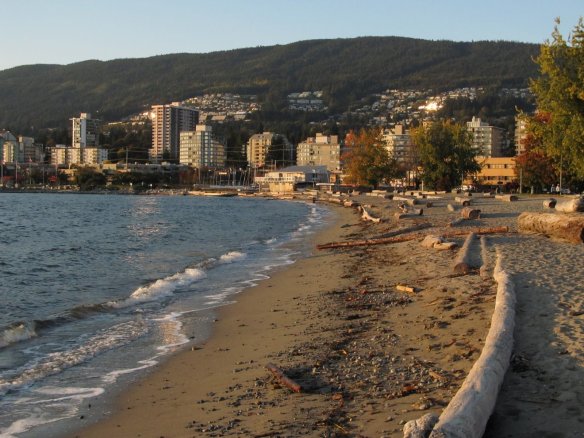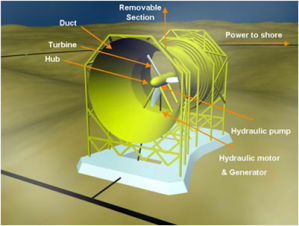When I crossed the border into Canada on my drive to the Salish Sea Conference in Vancouver, British Columbia this past week, I got the “Q and A” by the border guard. “Where’s home? Where do you work?” I was friendly, concise and truthful. But when asked what I would be doing in Canada, I lost my cool, and enthusiastically stated, “Saving the whales!!” I got a smile and a green light. OK, not exactly true, but it seemed a good enough reason to let me spend a week in BC.
Crossing the Granville Bridge into this land of lights made me appreciate the accomplishments of the modern world. The stark mountains in the background, equaled by the skyscrapers towering in front of me, were a subtle reminder of the power of innovation and invention. It was also a reminder why I made this trip.
The waters of the Salish Sea are surrounded by a highly developed landscape. Westerners, like so many cultures around the world, find ourselves inextricably connected to the water, and here we build our villages. Or, should I say, major metropolitan areas. Here in Vancouver, the interface of the modern world with the natural one isn’t lost to the madness of the city. The sea seems to shape the traffic, the infrastructure, the economy, and the culture of the area. The Straight of Georgia winds around Vancouver Island and surrounding geography like a smooth piece of velvet, buffering the noise and the commotion of the city with stillness and calm. After a closer look by the scientific community, we get a clearer picture of the problems facing these shared waters.

The Salish Sea, showing the Strait of Georgia near center, the Strait of Juan de Fuca below, Puget Sound at the lower right, Johnstone Strait at the extreme upper left, and the Pacific Ocean at lower left. Photo from Google Earth.
I learned the Salish Sea Conference used to be a science conference; a place where academics and researchers rolled out their results for other scientists and researchers to mull over, discuss methodologies, and gain ideas for their own work. I imagine the evolution into a science, policy, and management conference came about relatively quickly. What’s happening in the Salish Sea sounds alarming at best. Polluted air and water, sick and dying fish and whales, decreased habitat and spawning areas, increased marine traffic, sound pollution, invasive species, and altered eco-webs. Then, add the global threat of climate change and a world population that just hit 7 billion, and we’ve got issues. Getting back to a healthy Salish Sea ecosystem demands action, which requires those with authority to be informed. This was a message carried by the opening plenary panelists; three mayors and a commissioner from the major metropolitan cities along the coast of the Salish Sea. They need good science, and they need it now.
Echoed again in the closing plenary was the plea for scientists to carry their message of an ecosystem in crisis. “We don’t know what we don’t know” a panelist said. Simply communication of knowledge, regardless of uncertainty, brings us leaps closer to effecting positive change on a large scale. Scientists were encouraged – implored, even, to have those conversations, incite those conversations, and speak until they are heard. It seems we have no choice but to make change now. As Billy Frank Jr., Native American environmental leader and treaty rights activist from the Salish region, said at conference past, “We need to all get in this canoe together. We need to start paddling in the opposite direction. And we need to paddle hard.”

Coastal Salish Plenary Panel "Working Together for the Salish Sea", photo by Erica Olson, 2011 Salish Sea Ecosystem Conference Volunteer
If nothing else, there was one message that stirred and inspired me: the idea of “tsawalk”; a Nuu-chah-nulth tribe worldview that “everything is one.” This message was threaded through several of the talks I attended. When delivered by some of the First Nation tribes, the message became tangible and visceral: You could feel the weight of gratitude fill the room. It brought every one of us to our most basic selves. We all became simply human; fighting a battle we’ve created; fighting for our humanity with a unified understanding that without every cog and wheel, we are lost.







